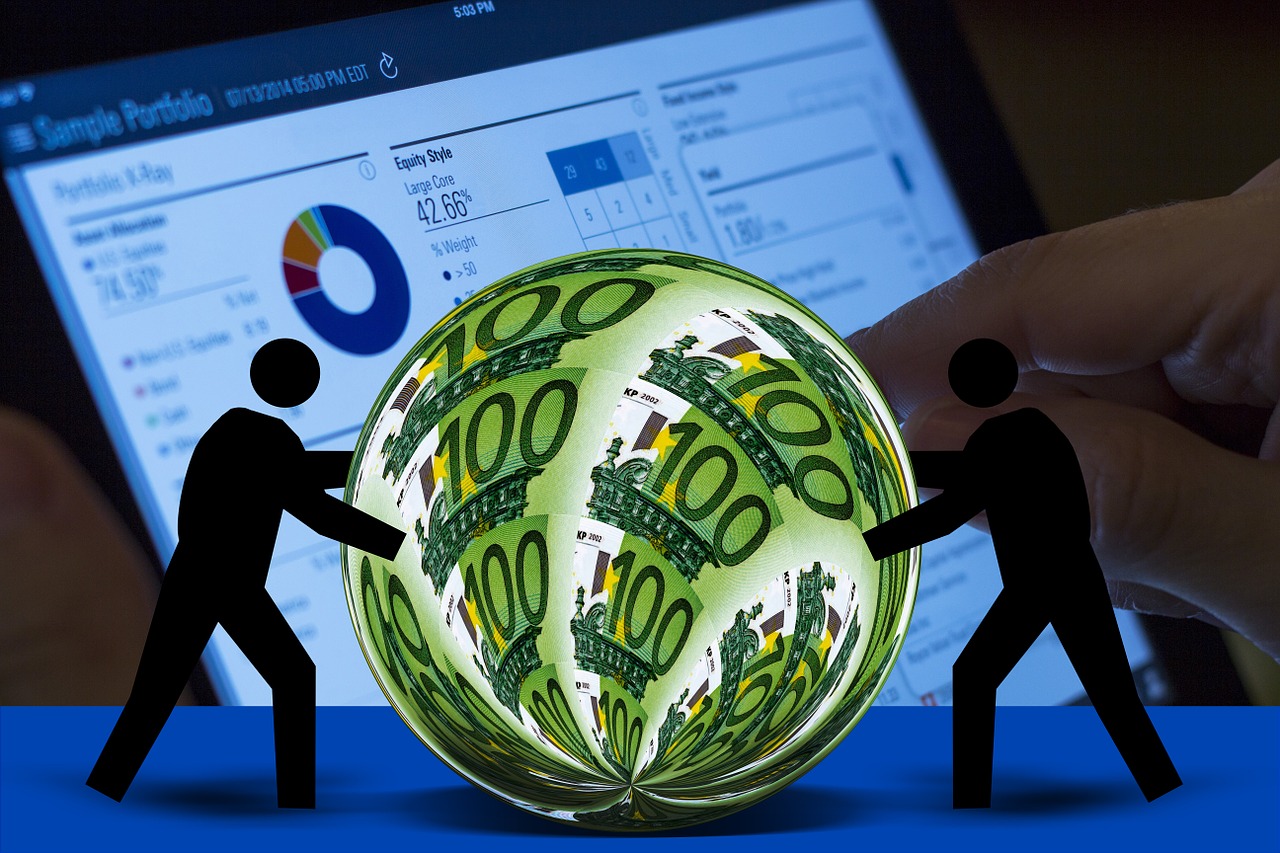3 Ideas To Support You In Developing A ‘Circular’ Supplier Relationship
No business can escape the fact that global economic conditions, the status and future availability of affordable resources, energy supplies and a growing global population are creating an ever more complex business environment. It is time to act.

There is no such thing as ‘business as usual’, and collaboration with suppliers is key in the transition to a better and more circular world. Suppliers should be involved in the ‘circular innovation lifecycle’ – from initial idea all the way to manufacturing and continuous improvement.
Supplier relationship management is a key tool. The question is, what can you do in order to view suppliers as actual or potential partners, who can help you “stay ahead of the curve” in terms of going more circular?
The question is also how you can expand the scope of interaction with them beyond purchasing and fulfilment transactions and tap into their expertise and capabilities to drive innovation, enter new markets, improve quality and exchange insights about marketplace trends?
Idea #1: Understand Even More About The Relationship
It is key for the supplier to understand your business in detail, as well as for the buyer to understand the supplier’s business too. You need to understand the cost and value of their entire supply chain. Without a thorough understanding of all costs, from raw materials through to the end product or service, and the value provided by each supplier in the process, a supplier relationship cannot be, first, evaluated and, second, further developed.
Remember that supplier strategies go two ways. Most companies focus on what suppliers can do for them rather than on what they can do with the supplier to lower costs. A true partnership leverages the total production cost – and knowledge to both parties’ advantage.
Also I suggest that if you work with LCA (Life Cycle Assessments) that you share them with your suppliers, so they can understand where your critical areas are and where they can help you improve or at least generate ideas for improvement. Perhaps it does not environmentally or economically make sense to create a closed loop, just as an example. Perhaps a dialogue with the supplier and a look at the LCA will show that.
Idea #2: Share Meaningful And Critical Information
Share critical information as early as possible. Information is the grease that makes an integrated supply chain work. Sharing information constantly, with appropriate security and confidentiality, is critical for successfully managing a supplier relationship. Make relationship meetings meaningful. Relationship meetings should focus on critical issues, areas for supplier improvement and discussions on how the buying organisation can improve the relationship.
Idea #3: Define Clear Objectives For Your (Circular) Relationship
If you decide to use SRM as part of your toolbox then it is key to define objectives clearly and specifically. At the same time acknowledging that many of the benefits of SRM may be hard to track and measure with precision.
As a matter of fact evidence also suggests, that suppliers that are engaged through SRM programmes are more willing to put in effort and resources above and beyond what is contracted. More than half of respondents in a recent survey conducted by State of Flux say that their key suppliers’ senior management team is more committed to their partnership as a result of their SRM activities, while the same proportion see improved account management as a result.
Other examples of additional commitment from suppliers include: proactive ideas for continuous improvement (46 per cent); collaborative problem-solving (45 per cent); and priority access to the best people and resources (21 per cent). All of these can help the business stay ahead of the curve and implement more circular business models.
You can download the latest research from State of Flux here.